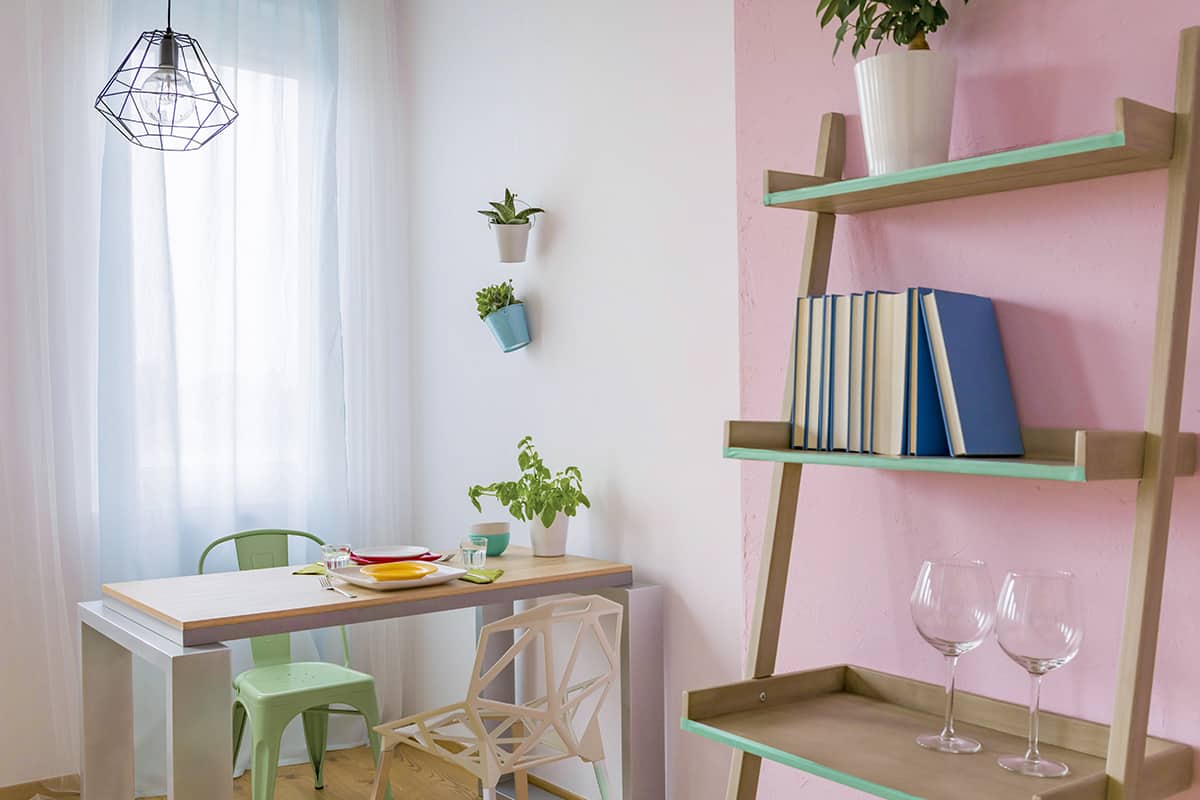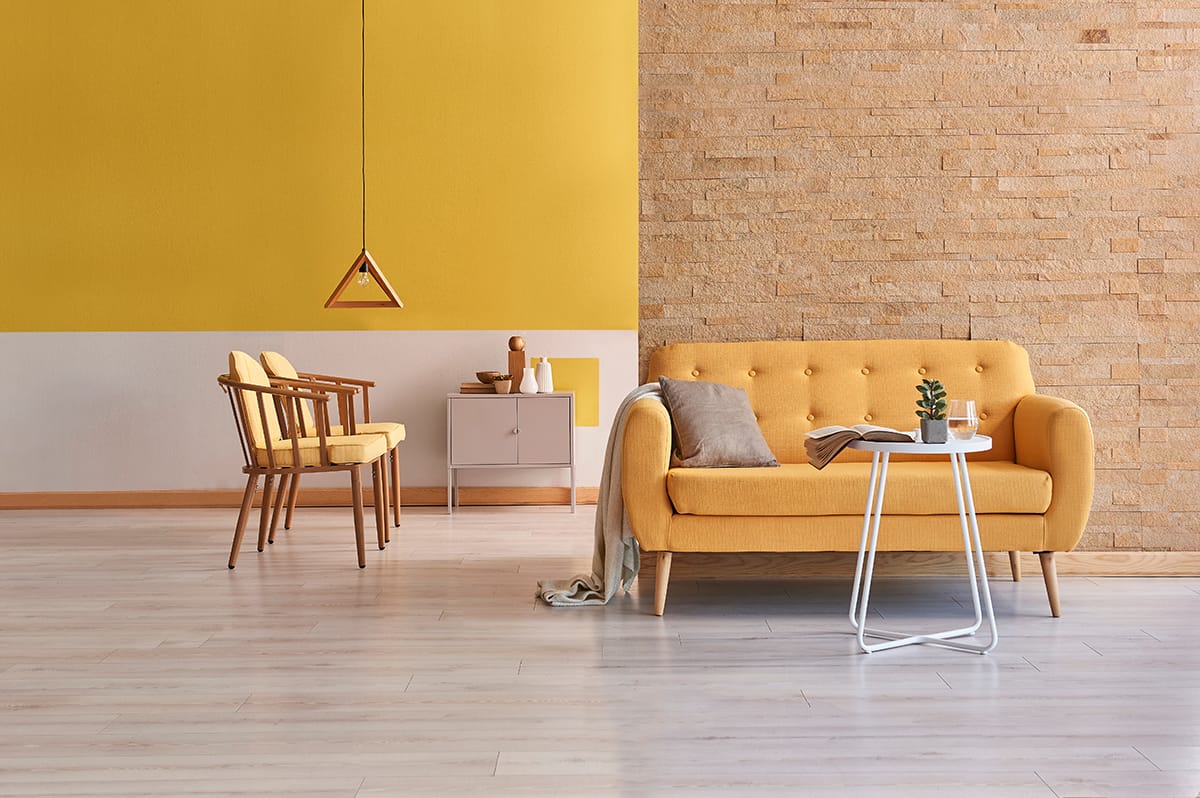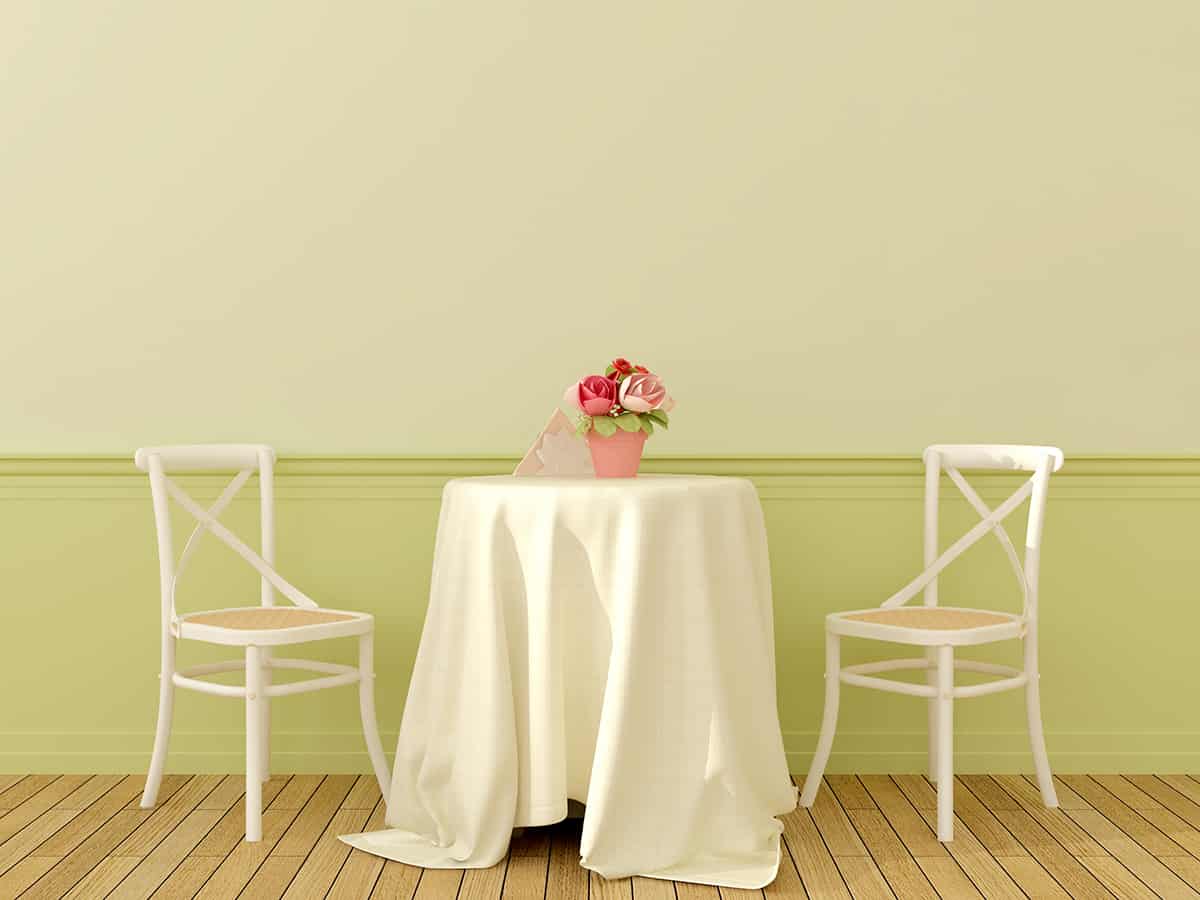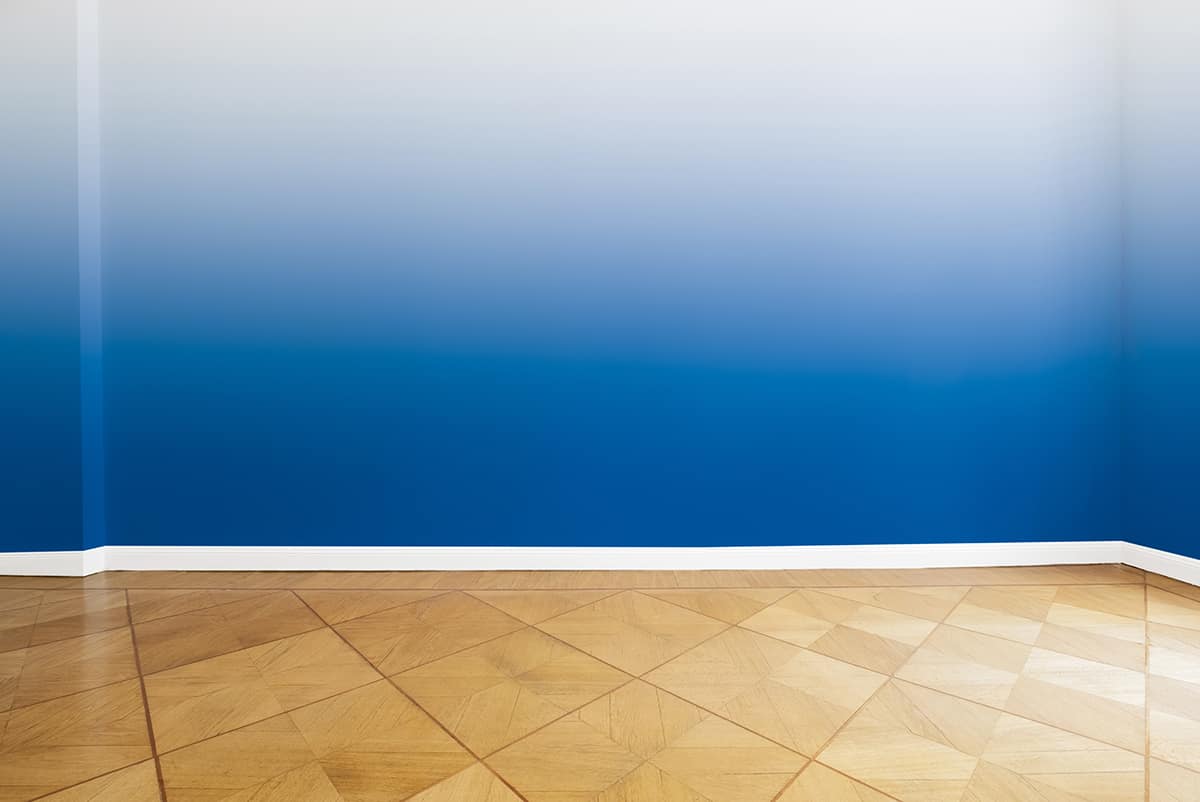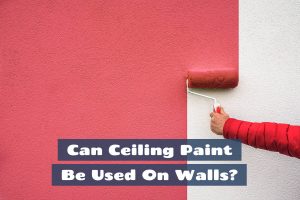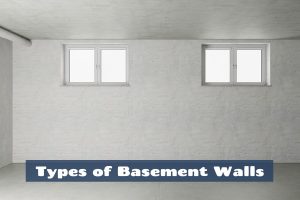Using two colors of paint on a single wall can be a good way to create the visual illusion of more space or a brighter and lighter room. It can also be used to create different areas in the room, especially in open-plan spaces.
Here we look at the different ways you can divide a wall with two paint colors.
Vertical Divide
This is a good technique to use when you want to segment a room into different areas. For example, if you have a long and narrow room that is used as a living room at one end and a dining room at the other end, you can use two colors of paint to define the different areas, in spite of it being just one room.
To do this, choose at which point on the wall you want to divide the space, and use a pencil and a spirit level to carefully draw a straight line from the top to the bottom of the wall. Commonly people will want to use a lighter or brighter color at the end of the room, which will be used as a living room, and a darker color at the dining room end of the space to create a more intimate feel.
If your room is already painted in a color that you like, then you don’t need to repaint the whole space. Instead, choose one new color, which will just be applied to one end of the room.
For example, if your room is already painted pale gray, and you want to keep this color for the living room area, then you can just select one new color, such as navy blue, to be used to define the dining area.
In this instance, apply the decorator’s tape next to the line you have drawn on the wall, making sure that the pencil line is on the side that will be covered by the new layer of paint.
Now you just need to paint all of the walls on the dining side of the room, right up to the decorator’s tape. To ensure you get a sense of enclosure and definition for the two different areas, repeat the process on the facing wall and paint the entire end wall in the new paint color.
The result will be a space that is pale gray at one end and navy blue at the other end. You can use this technique alongside other room-defining strategies, such as an area rug under your dining table and a sofa in the living room that has its back facing toward the dining area as a means of creating a physical barrier between the two areas.
Horizontal Divide
A horizontal divide is a more commonly used technique for dividing a wall with two paint colors. This involves creating a horizontal line all the way around the room and painting underneath the line in one color and above the line in a different color.
Traditionally this look would also use a chair rail or dado rail as a distinct divider between the two paint colors, but for more modern looks, the chair rail has been ditched in favor of a minimalist, clean line separating the two colors. If you are going for a traditional style, a chair rail can be used.
This technique is great for grounding a room and creating a sense of comfort and depth while also ensuring the room feels light and bright. This is achieved by selecting a deeper or darker shade for one of your paint colors and a lighter or paler shade for the other. In doing this, you are able to benefit from the best of both worlds instead of settling for just one paint color.
To create this look, you will need to use a tape measure and a spirit level to draw a pencil line around the room. The height of the line where the two paint colors will meet is a matter of personal preference, but generally speaking, the line should be no lower than hip height; otherwise, the space will start to feel top-heavy and a bit awkward.
You can go as high as eye level for your separation line, which will result in a more dramatic look. Use your lightest paint color and paint the upper half of the walls, being sure to cover over your pencil line.
Depending on the color of your paint, you may or may not need to redraw your pencil line once you have finished painting and the paint has dried. Apply decorator’s tape just above your pencil line in a straight and level line, pressing the tape down firmly to prevent any of the paint from seeping through.
Now use your darker shade of paint to cover the lower section of the walls, painting up to and including the decorator’s tape, but making sure not to get any paint above the decorator tape line.
Apply two or three coats of paint as necessary, and then remove the decorator’s tape while the darker shade of paint is still wet. This will help to prevent paint from being pulled off the wall, ensuring you get a neat, clean line.
Always use your darker color of paint on the lower half of the wall, as this helps to ground the room and prevents it from feeling unbalanced.
Diagonal Divide
A diagonal divide can be achieved on a wall by applying a length of decorator’s tape at a diagonal angle across a wall and painting one color on one side of the tape and another color on the other side of the tape.
This technique can be used to achieve an area divide in an open plan living space, but it can also be used as an interesting visual effect to give the room a modern and vibrant personality. You could choose two similar colors to get a tonal effect, for example, beige and tan, or two contrasting colors like navy blue and burnt orange for a more intense look.
Gradual Blend
A gradual blend is a really effective way to divide a wall with two wall colors, which involves more time and patience compared with other methods, but the results can be stunning. This can be done with a vertical divide or a horizontal divide, though horizontal divides are more popular.
You will need to use two paint colors which are different shades of the same color, rather than two contrasting colors. To do this, draw a straight horizontal line across a room, and paint your lighter color on the upper half of the wall, up to the pencil line.
Now, while the paint is still wet, apply your darker color to the bottom half of the wall, blending it into your other paint color near the pencil line, using a paintbrush. The resulting effect will be a gradual merging of one color into another, with a mid-section on the wall where the two colors blend to create a new color.
For example, use dark blue on the bottom of the wall and light blue at the top, with a mid-blue created where they blend together.
